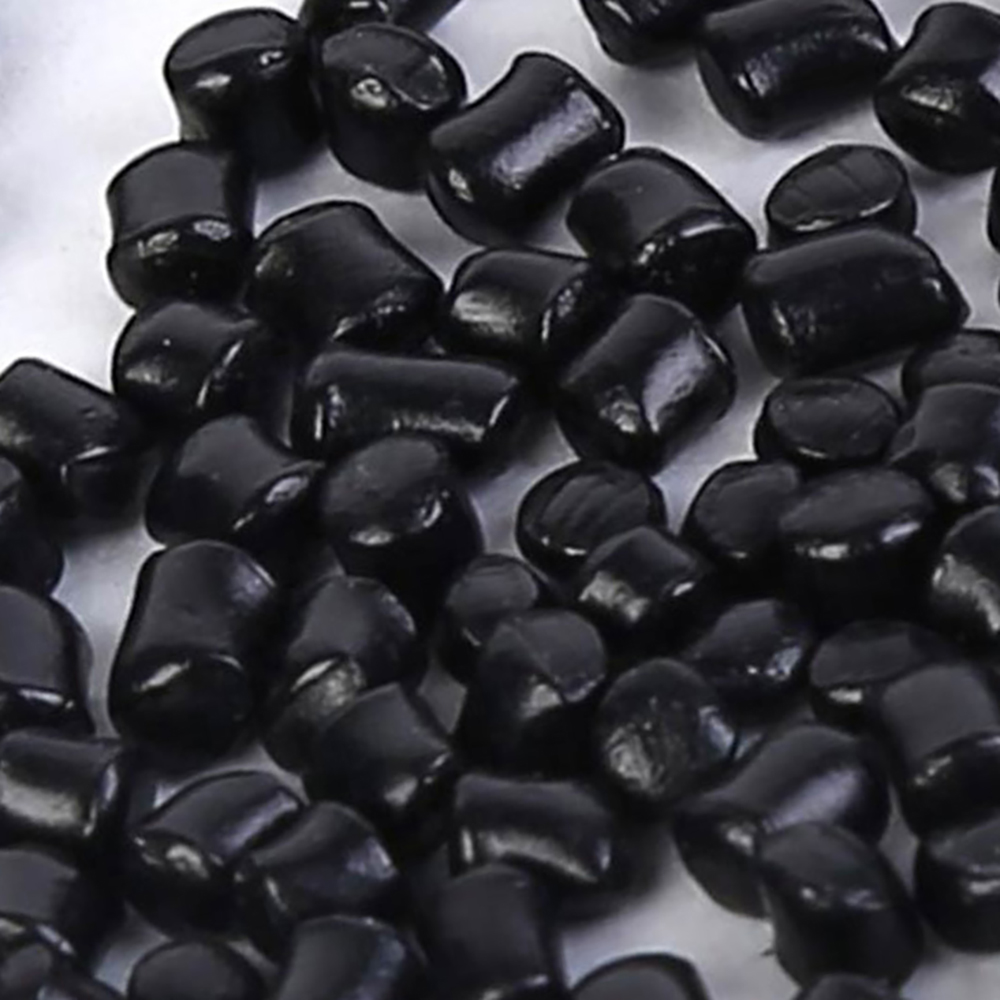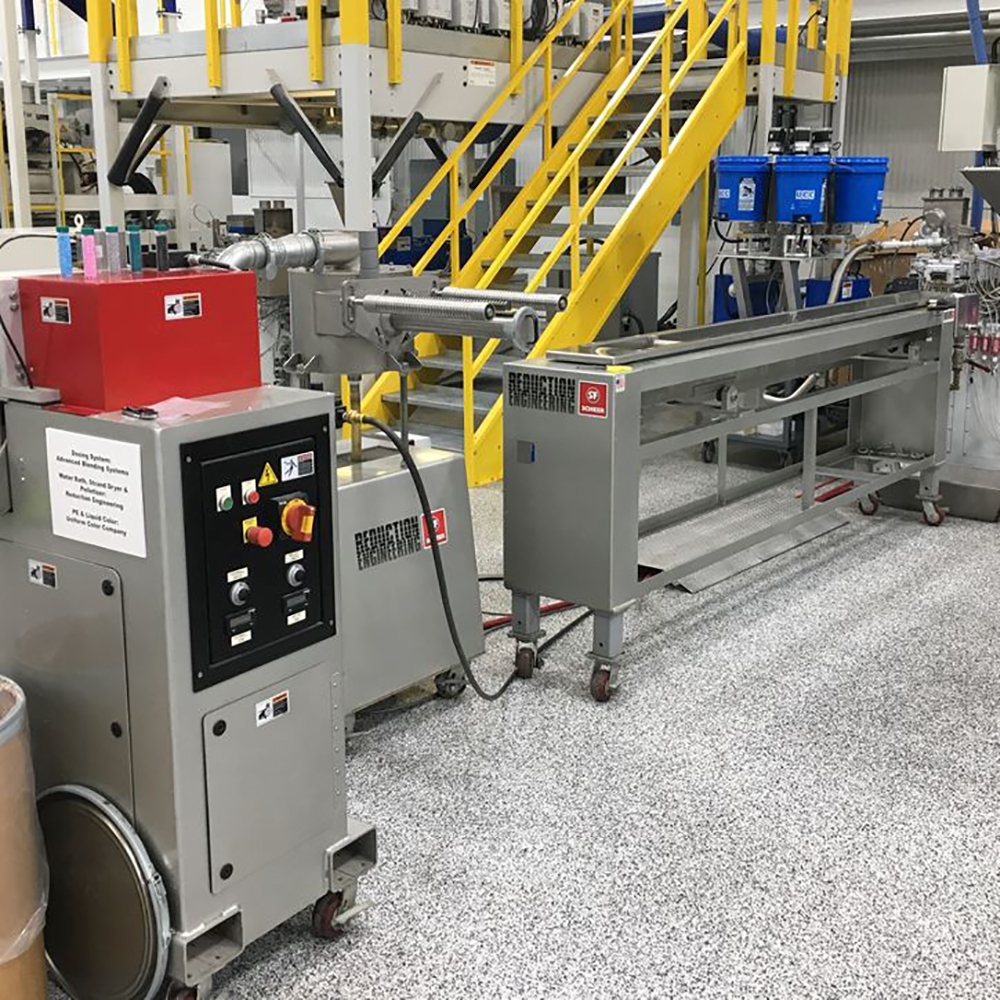
Comment le mélange maître de noir de carbone affecte-t-il la conductivité du câble et la profondeur de couleur ?
Dans l'industrie du câble, l'incorporation d'un mélange maître de noir de carbone a un impact considérable sur la conductivité et la profondeur de couleur des gaines de câbles. Voici une analyse approfondie de cette influence et des recommandations pour équilibrer ces facteurs afin d’obtenir des performances optimales.



